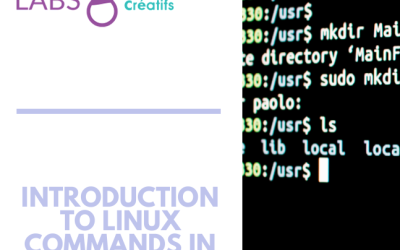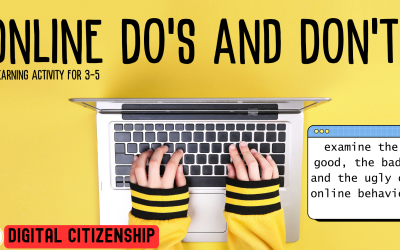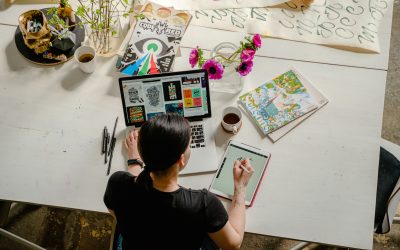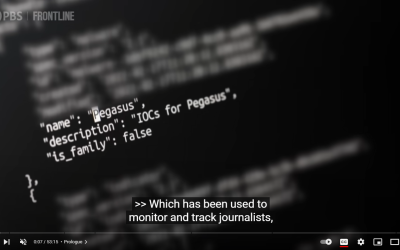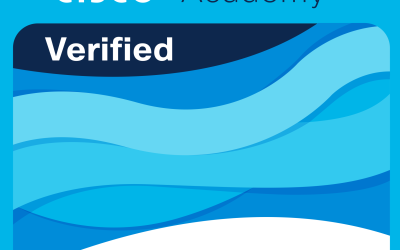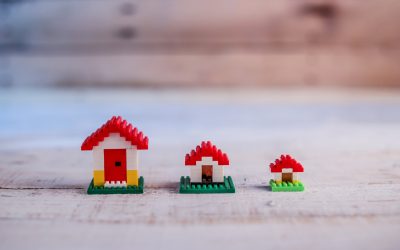Activity image generated with ChatGPT/DALL-E
Overview
This activity integrates computational thinking with creative storytelling. Students will program micro:bits to act as interactive props or visual aids that enhance their original short stories. By combining technology with English Language Arts and Visual Arts, students develop coding and problem-solving skills while improving their narrative skills, creativity skills and presentation abilities.
If you are unfamiliar or new to micro:bits and Microsoft MakeCode, please contact your district’s technology subject coordinator or email COE@gnb.ca for support with learning more or accessing micro:bits and its accessories. You may also want to explore this asynchronous course on the New Brunswick PLHub: Introduction to Micro:Bits
NB Curricular Connections
6-8 English Language Arts
- Strand: Representations
- Big Idea: Process
- Skill Descriptor: Develop strategies to enhance clarity in multi-modal works.
6-8 Technology
- Strand: Design Thinking Skills
- Big Idea: Problem Solving
- Skill Descriptor: Plan, execute and present a project within given parameters and with assistance.
- Strand: Information Technology Skills
- Big Idea: Devices
- Skill Descriptor: Integrate sensor input, computational algorithms, and output devices.
- Strand: Information Technology Skills
- Big Idea: Computational Practice
- Skill Descriptor: Apply basic coding skills to solve problems.
6-8 Visual Arts
- Strand: Create
- Big Idea: Application and Product
- Skill Descriptor: Create and present expressive work for a range of audiences and purposes using a variety of art media including technology.
What You’ll Need
- micro:bits (one per group, V2 preferred)
- Accessories: LEDs, speakers (if using V1 micro:bit), servo motors
- Laptops or tablets
- Microsoft MakeCode
- Craft materials for props (optional: cardboard, tape, markers)
- A short story (may be student written)
Instructions
Introduction:
- Discuss the role of props and visual effects in storytelling.
- Introduce micro:bits and demonstrate how they can be programmed to create sound, light effects, or movements using accessories.
Story Planning:
- Identify moments in their stories where interactive effects can enhance the narrative (e.g., glowing lights to depict a treasure, a buzzing sound for tension).
Micro:bit Programming:
- Students learn the basics of MakeCode for micro:bits
-
- Input/output (e.g., using buttons, sensors, or accelerometers).
-
- Using accessories like LEDs to create light patterns or servos for movement.
- Students program their micro:bits to correspond to key story elements:
-
- Example: A motion sensor triggers a sound effect when the “villain” enters the scene.
-
- Example: LEDs flash red during a dramatic moment in the story.
Integration and Testing:
- Students connect their micro:bit effects and/or props with moments in their story.
- Test the integration, ensuring the effects work as intended during the storytelling.
Presentation:
- Students present their interactive stories to the class, using micro:bits as props to enhance the experience. Students may also choose to record their stories and share them as videos.
Reflection:
- Students reflect on how digital tools enhanced their storytelling.
- Discuss the challenges and successes of combining coding with creative writing.
Career Connections
This activity aligns with the technology, film, and creative industries in New Brunswick, fostering skills relevant to careers in software development, digital storytelling, and design.
- Software Development
- Film and Media Production
- Engineering
Extension Ideas
- Advanced Programming: Incorporate conditional statements or loops to make the micro:bit effects more dynamic (e.g., flashing lights in response to changing conditions in the story).
- Cross-Curricular: Combine with science by integrating environmental themes and using sensors (e.g., temperature sensors representing climate change effects).
- Global Collaboration: Share stories and code online with peers from other schools using Microsoft Teams
- Career Exploration: Invite a speaker working in programming, digital media production, or digital arts (i.e. film prop create, mechanical art) to share about their work. Please contact the New Brunswick Centres of Excellence (coe@gnb.ca) for support with making a connection to relevant speakers.
Related Global Competencies
- Creativity and Innovation: Students design unique digital representations for their stories.
- Critical Thinking and Problem Solving: Debugging micro:bit code develops computational thinking.
- Communication: Students enhance their storytelling with multimodal elements.
- Collaboration: Group projects foster teamwork and collective problem-solving.
Reflection Tools
Please see the attached PDF for several choices on how you and your learners can reflect upon today’s activity.

